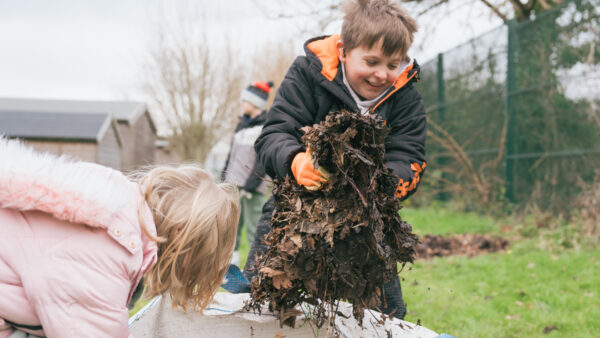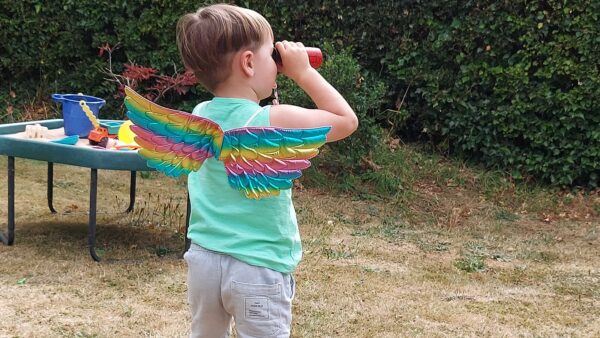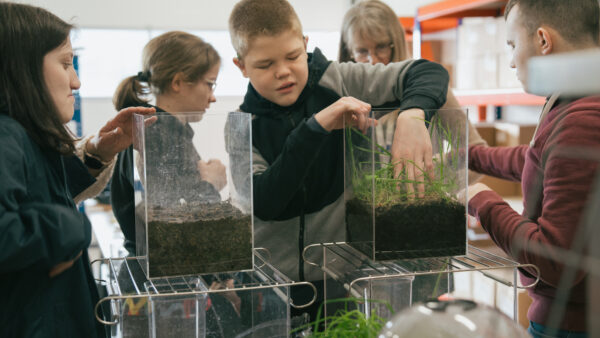By Claire Francis
Whether you’ve got a big budget for major works or just want to make some simple low cost changes we think the below advice will be useful.
Mobility
Ageing brings changes to mobility. This may mean walking more slowly, reduced stamina, or needing to use a mobility aid such as sticks or a wheelchair. The design of an environment can work with or against people with limited mobility. Steps and slopes with uneven or slippery surfaces can become obstacles that prevent a visit or seriously spoil enjoyment once there. Improving surfaces, reducing gradients and giving a choice of ramps and steps are helpful measures.
“Adding more seats so people can rest more often can be one of the most helpful improvements you can make to an outdoor space”.
Reach
For many people, bending down or reaching up gets harder with age. This can make it hard to reach things at ground level or above head height. Try to bring plants and other design features up to a reachable height.

Visual impairment
With ageing, vision can be affected in various ways. People may find that certain darker colours filter out, making it easier to see yellows, reds and oranges than dark blues and greens. A reduction in depth perception can make it more difficult to see changes in ground levels. Eyes become more sensitive to glare which can make reflective and shiny surfaces difficult, or even painful, to see clearly. Changes in level such as steps should have high contrast nosings. Signage should have good contrast; hard surfaces and furniture should use non-reflective materials.
Sensitivity to weather extremes
Older people are often more sensitive to extremes of temperature and rapid changes in temperature. Appropriate clothing is a must for a good outdoor experience. It is also important to know there is sufficient shelter and shaded areas for us to use within an outdoor space. Seating should also be considered in these spaces for those who prefer a more passive rather than active involvement.

Memory loss
The design of a site can help support those living with dementia by ensuring it is dependable (a place where people feel safe and comfortable) and uncomplicated (so people don’t feel they can easily become lost).
Reduced confidence
This can be a major reason for older people making less use of the outdoors. As getting around becomes more difficult, people’s confidence that they can handle any situation can also dwindle. With age, people can feel more vulnerable and things that may have once been straightforward can now become a cause for worry. All of these aspects can be supported by good information and a supportive environment so people feel reassured their needs have been taken on board.



